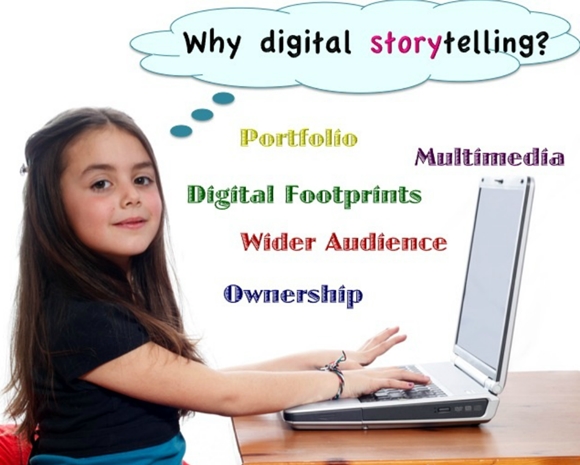
A few weeks ago, some of my 8th grade students asked me about pen pals, and if that's something I could look into for them. They seemed really interested and excited about this possible project. Recently, I checked out the website ePals. Since writing actual letters is pretty antiquated (and time consuming), ePals is a way to connect with other classrooms around the world online through email, and other means of communication. If you go to this website, there is an option to pick a language and an age range. So I chose Spanish, with the age ranges of 11-13. Immediately I found several classrooms looking to connect with English speakers to share cultural information, traditions, and to use their second language. One teacher from Argentina posted: "My students are Spanish speakers who are learning English as a second language. They would like to contact native English speakers all over the world to exchange emails and know about one another." I also found on the first page teachers from Spain, Puerto Rico, and Colombia looking for the same thing. The teacher then leaves their contact information if you're interested to connect with them. The user has to sign up for the website, but it's free.
Not only can you exchange information with other classrooms worldwide to email other students and practice a language, they have a lot of other activities. Just out of curiosity, I clicked on their projects page and found a "Teacher Spotlight." The teacher who they highlighted is from India who created this collaborative detective story that was shared from their classroom in India, to classrooms in Russia and Texas. Here is a brief description of the game:
"Students learned the concept of writing a short narrative detective story with twists and turns in collaboration with their foreign friends. The project motivated and engaged students in reading stories in the crime fiction genre."

For this project, the students had to use logical thinking and reasoning skills to brainstorm the composition of the story, and they learned about one another's cultures. There are also a lot of teacher resources, in addition to projects. I explored the learning centers tab, and clicked on World Geography. What I found was a type of treasure hunting game and they used the term geochache which is an activity in which people use a GPS device to go on “treasure hunts” to discover objects that have been hidden by others. The directions tell you to hide a small object in a waterproof plastic bag with a piece of paper and writing utensil. Then you hide the object in a public location with the coordinates of where the object is hidden. On the second day, each team starts with one coordinate on the list and whoever finds all of them wins. This would be a lot more time consuming, but if it is well planned out, could be a very fun way to learn culture.
If I were to use this website, I would chose a certain classroom and exchange emails so the students can write back and forth (in the target language of course!) I really think this is a great way to collaborate, develop a professional learning network, as well as a cool way to use technology in the classroom. It is very engaging for the students too! I would definitely consider doing something like this in the future.


